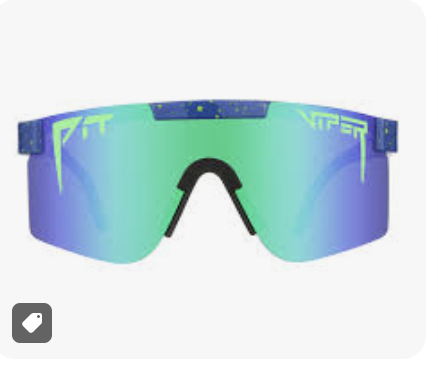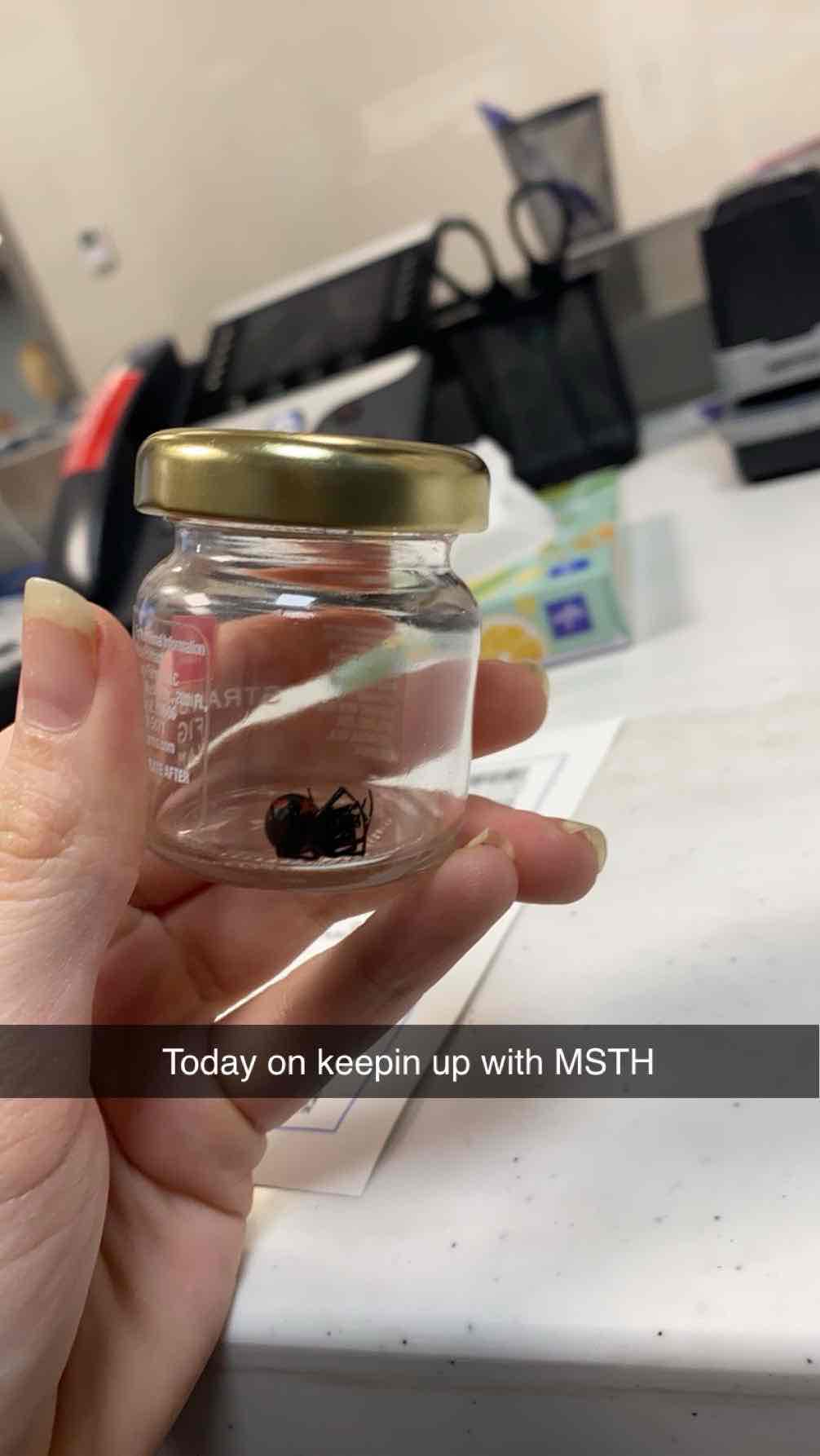Bites and Neoplasms
1/54
Earn XP
Name | Mastery | Learn | Test | Matching | Spaced |
|---|
No study sessions yet.
55 Terms
venom
A poisonous substance that is classified by its mechanism of action and can be lethal
neurotoxic, cytotoxic
Types of venom
neurotoxic
What type of venom interrupts nerve conduction?
cytotoxic
What type of venom destroys tissue cells?
rattlesnake
What type of snake is the cause of a majority of the bites in the US?
Dry bite
Makes up 12-20% of the bites in the US characterized by the deposit of no venom.
coral snake
What type of snake has neurotoxic venom (Red touches yellow, you’re a dead fellow)
progessive muscular paralysis due to a blockage of the presynaptic neuromuscular junction
A coral snake bite leads to
No
Are we ever going to put a tourniquet on a snake bite or suck out the venom Chuck Norris style?
pressure dressing, antivenom (5 w/o symptoms, 10-15 w/), intubate
How do you manage a neurotoxic invenomation?
Venom causes respiratory weakness (it paralyzes accessory muscles)
Why do we intubate symptomatic neurotoxin venom victims?
cytotoxic
What type of venom do pit vipers (rattlers, cotton mouths, copperheads) have?

Limb immobilization, antivenom, potential fasciotomy
A patient presents to the ER with a snake bite on her leg. The patient reports the snake had a triangular head and diamonds along its back. On physical exam the bite site is red, swollen, and tender on palpation. Lab work shows thrombocytopenia and prolonged PT (coagulopathy). Whats our treatment plan?
tense and discolored skin, bullae w/in 8 hours, shock, hypotension
A severe cytotoxic bite is characterized by
prevent compartment syndrome and tourniquet affect
Why are fasciotomies a potential treatment option for pit viper bites?
100% (very few can break human skin)
What percentage of spiders in the US are venomous?
diazepam and calcium gluconate with pain management (maybe antivenom)
A patient presents to the ER after being bit by a spider (see image). The bite site is characterized by slight redness and pain. She reports that her muscles feel tight and are starting to ache. Vitals are stable with the exception of a 115 heart rate and a bp of 155/96. What’s the treatment plan?

brown recluse
A patient presents to the ER with a bite wound. On a physical exam, the lesion looks like a sinking pale grey macule surrounded by a halo of tender inflammation. What was our patient bit by?
wound cleanse, Tylenol, excision of necrosis (dapsone/colchine rarely)
Treating a brown recluse bite
Bark Scorpion
What is the most venomous scorpion in the US?
adults if serious symptoms occur, children regardless
When do you give antivenim for bark scorpion stings?
SKs, keloids, Blue nevi, Melanocytic nevi
Types of benign neoplasms
Melanocytic Nevi
Government name for a mole (benign melanocytic growth)
Genetic
The type of melanocytic nevi that is small (<1.5 cm) black or blue with sometimes irregular borders
Acquired
The type of melanocytic nevi that is flat, symmetrical, even borders, maybe raised
junctional nevi
Flat, small, brown lesions at the junction of the epidermis and dermis
compound nevi
Over time if a mole becomes raised and papular is known as a
None
Treatment for melanocytic nevi
50
Patients with more than ______ nevi are at an increased risk for melanoma
blue nevi
A papular blue-black lesion common in patients of Asian descent, more frequently women
keloid
Excessive response to dermal injury characterized local fibroblast proliferation and overproduction of collagen that extends beyond the original site of injury — basically a mega scar
intralesional injection
1st line treatment for Keloids
Melanoma, BCC, SCC
Types of malignant neoplasms
Melanoma
What is the least common skin cancer but most deadly (80% of skin cancer deaths)
tumor thickness
What variable is the single most important prognostic factor in treating melanoma?
Asymmetry, border, color, diameter, evolution
Signs of malignant melanoma (not a nodular one though)?
full-thickness excision biopsy
What is the gold standard for diagnosis and treatment of melanoma?
Mohs Surgery
What is the preferred method of excision in melanoma, SCC, and BCC?
sentinel node biopsy
If melanoma tumor thickness exceeds 1 cm, what do we need to do?
Basal Cell Carcinoma (BCC)
Most common type of skin cancer that is directly related to UV, slow growing with no metastasis, and common in fair skin people?
waxy, pearly appearance with telangiestasia
Describe the typical lesion in BCC
Nodular
What type of BCC is translucent or pearly papules/nodules?
ulcerating
What type of BCC is characterized by a rolled border on an ulcer and crusted?
Sclerosing
What type of BCC is characterized by infiltrating carcinomas and a white patch that is sclerotic in nature with ill-defined borders
superficial
What type of BCC is characterized by red, thin plaques that are scaly with a fined rolled pearly border
pigmented
What type of BCC is characterized by a thick, hard area of pigment that varies
shave, punch
What type of biopsy is used to confirm a diagnosis of BCC or SCC
imoquimod cream, 5-flurouracil
Treatment of superficial BCC
Bowen disease
SCC in situ
Squamous cell carcinoma (SCC)
Erythematous, scaly or rough to the touch, conical or hard nodules that ulcerate with central necrosis related to prolonged skin sun exposure. High risk of metastasis
AK, atypical nevi
Types of premalignant neoplasms
Atypical nevi
Arise on their own or can develop from moles typically are large in nature (>6 mm), ill-define borders, irregular pigmentation
melanoma
Atypical nevi increase the risk of what
surgical excisions of lesion with narrow margins
Treatment of choice for atypical nevi
No histological verification
Why do we never use lasers, cryo, or other methods of tissue destruction on atypical nevi